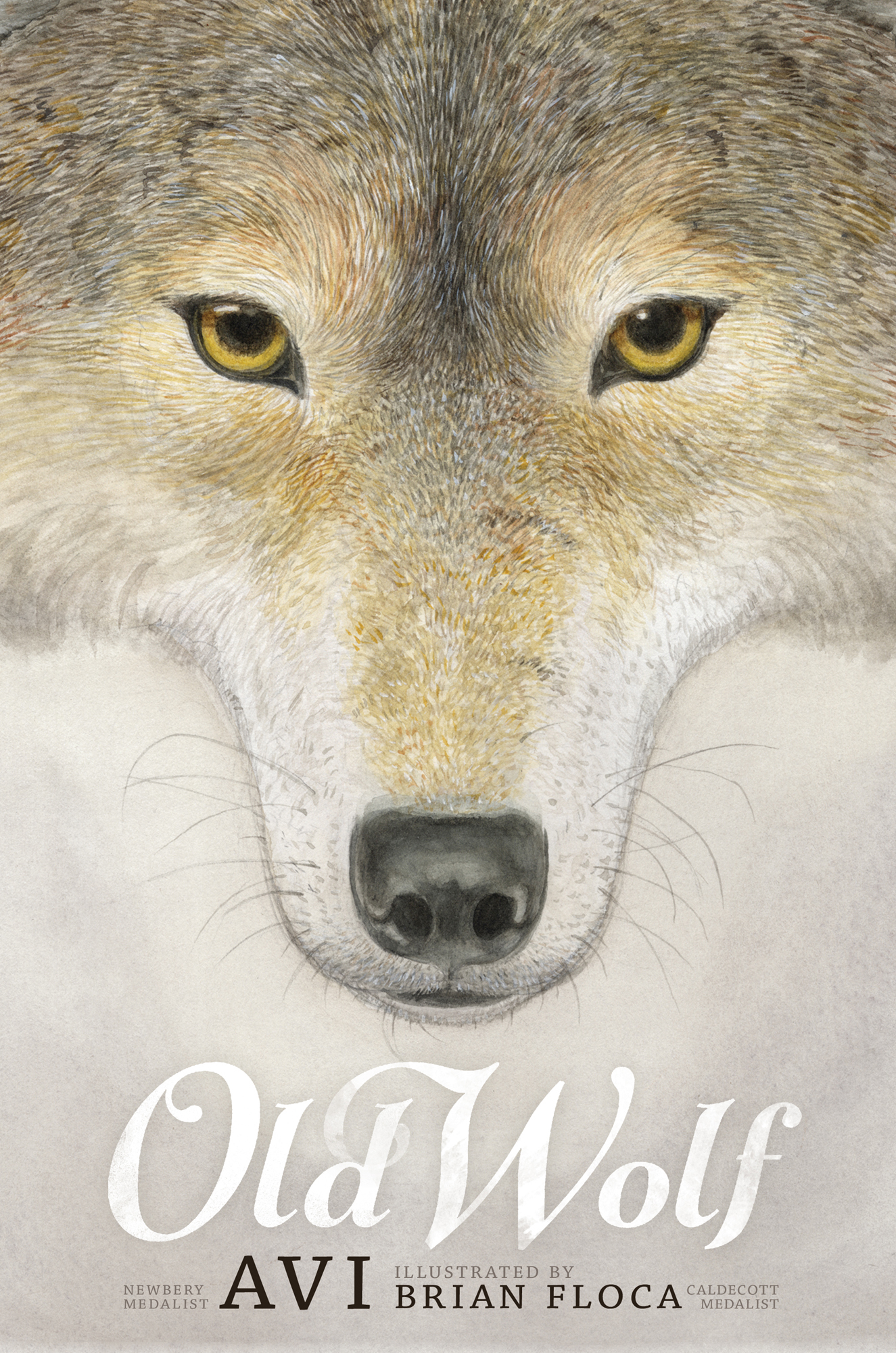
Old Wolf
فرمت کتاب
ebook
تاریخ انتشار
2015
Lexile Score
630
Reading Level
2-3
ATOS
4.4
Interest Level
4-8(MG)
نویسنده
Brian Flocaشابک
9781442499249
کتاب های مرتبط
- اطلاعات
- نقد و بررسی
- دیدگاه کاربران
نقد و بررسی

July 13, 2015
Part survival story and part coming-of-age tale, Avi's (Catch You Later, Traitor) novel is told from the alternating points of view of two hunters: Nashoba, an aging wolf, and Casey, a 13-year-old country boy. Despite a leg injury and growing physical weakness, Nashoba is determined to find food for his pack during the "starving time" in early spring. His desperation drives him into dangerous territory, close to where humans reside. Meanwhile, a short distance away, eighth-grader Casey has just received his first archery set and looks forward to the thrill of hunting, which he has only experienced vicariously through computer games. One snowy day Casey ventures out with his bow and arrows in hopes of finding a target. Nashoba, spurred by need, and Casey, seeking adventure, unknowingly inch closer toward each other. The book's short chapters and steadily rising suspense will appeal to even the most reluctant readers. More seasoned readers will appreciate the story's different levels of meaning and subtle themes beyond the central man-versus-nature conflict. Art not seen by PW. Ages 8â12. Author's agent: Gail Hochman, Brandt & Hochman.

June 1, 2015
Gr 5-7-Two stories, one animal, one human, set in early spring in the Lodgepole National Forest and environs, converge dramatically in this brief, engaging novel. The opening line "It was the starving time" prefaces the fight between Nashoba, elderly leader of the Iron Mountain wolf pack, and Garby, the young wolf seeking to replace him. Victorious but wounded, Nashoba sets out to find food, reluctantly following the direction of a raven. He heads into the lower Bend Valley, dangerous to wolves because of its human population, and finds a field of elk cows and calves, then returns to persuade the pack to follow him back to this food source. Meanwhile, Casey Seton greets his 13th birthday excited to apply skills from his new archery books and eager to encounter a live wolf reputed to be in the area. His parents' gift is a longbow and arrows, along with soon-to-begin archery lessons to ready him for the fall hunting season. But, left on his own the following day, Casey succumbs to the temptation of trying out his new equipment unsupervised. The narrative's alternating points of view create tension, and the anthropomorphic portrayal of the animals (they think, decide, speak to one another), found in many of Avi's previous books, heighten the drama as wolf and boy come face to face. VERDICT Fast paced and exciting, this accessible novel will appeal to those who enjoy adventure stories.-Marie Orlando, formerly at Suffolk Cooperative Library System, Bellport, NY
Copyright 2015 School Library Journal, LLC Used with permission.

jdoodles35 - Like all good fables, this one tells its story with minimal characterization and unabashed moral messages. Wolf Nashoba, an aging pack leader, is desperate to find food for his starving band after the long winter, especially since the brash young wolf, Garby, questions his leadership. Meanwhile, Casey, a just-turned-13-year-old human boy who excels at the video hunting game “Bowhunter,” is thrilled when he receives a real bow and arrow for his birthday. Nashoba’s and Casey’s stories collide when Nashoba leads a hunt—helped by wise, acerbic raven Merla—near Casey’s home. Casey, searching for a stray arrow, comes across Merla, who is helping Nashoba, injured during the hunt. On instinct, Casey shoots Merla and then is shocked as he realizes the finality of real-world killing. Although the animals speak to one another in quoted dialogue and exhibit humanlike thought processes, animals and humans do not enjoy mutually intelligible speech. The fable’s messages—touching on false pride, the facile violence of virtual reality, age and youth, the coexistence of species, the value of kindness, and a few others—are inevitably diluted by being so numerous, but happily, they offer gentle provocation for thoughtful readers. Floca’s black-and-white pencil illustrations, with their attentive, appreciative depictions of the natural world, add real depth and poignancy to the story.

























دیدگاه کاربران